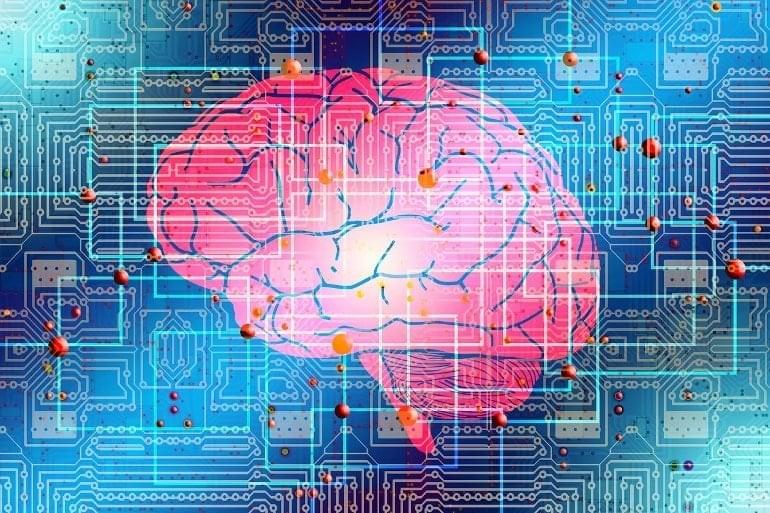Picture this: You might think that ChatGPT is a trendy new invention but what if we told you that it actually first made an appearance in a sci-fi novel?
The Algebraist by Scottish writer Iain M. Banks, published in 2004, featured the idea way before it became a reality. Who knew that a book could predict the future with such accuracy? It’s almost feels like a conversation that the former Google engineer Blake Lemoine might have had with LaMDA: (Excerpts from page 381 – The Algebraist)
But, this instance is not the first of its kind, where it just goes to show that science fiction can inspire real-life innovation in ways we never thought possible. So, let’s keep an open mind and embrace the unexpected— who knows what other wild ideas might become a reality in the future?







